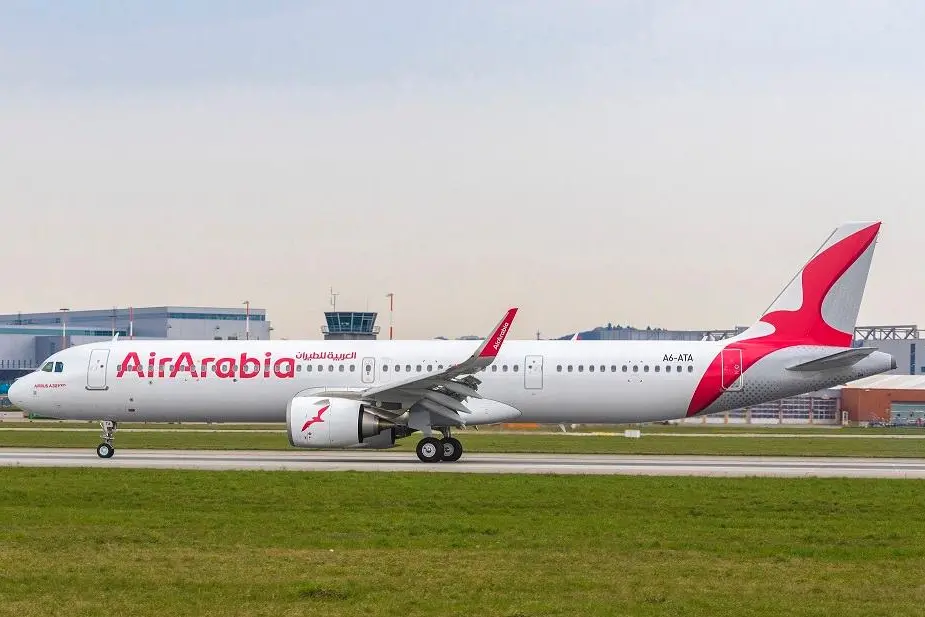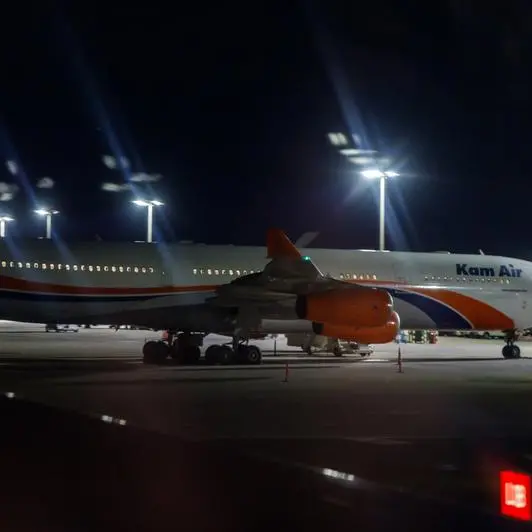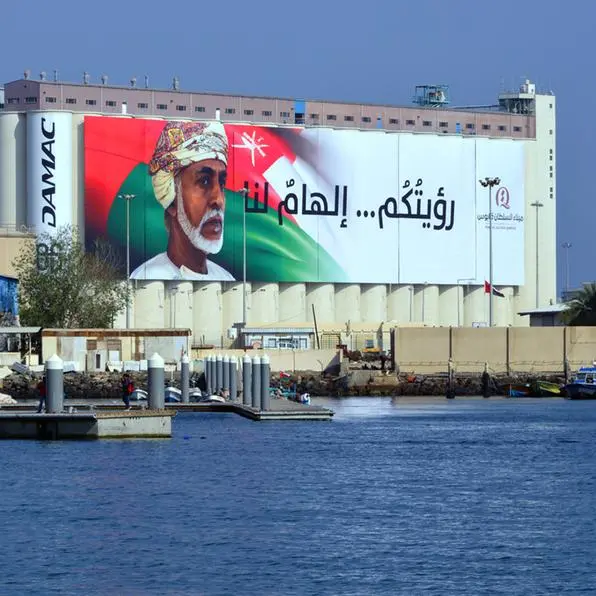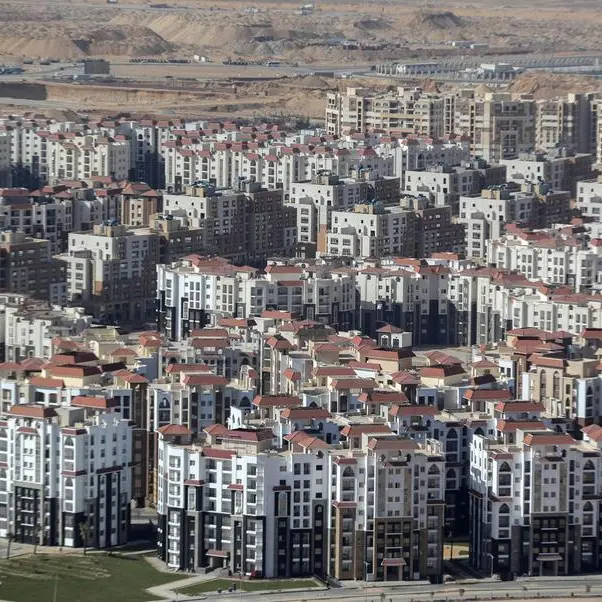PHOTO
(A misspelling of Strategic Aero founder Saj Ahmad's surname was corrected)
Competition is stiffening in the Gulf’s budget airline sector following the recent launch of state-backed low-cost carriers (LCCs) in Saudi Arabia and Oman, while the blockade of Qatar has halted some of the region’s most profitable routes as regional passenger growth has slowed.
Rising fuel costs are weighing on earnings, with per-seat profitability among the lowest globally. Yet the longer-term outlook for Gulf LCCs remains bright, analysts say, with the cost-conscious segment of the Middle East’s aviation market relatively small compared with other regions.
“We’re seeing the same customer reaction in the Gulf as elsewhere – people are willing to use these services and the airlines are getting a good response,” said John Strickland, a director at London’s JLS Consulting.
“The sector isn’t too crowded - there’s a lot of room to grow. The diversity of the markets they serve are buoyant – there’s widespread demand.”
Sharjah’s Air Arabia and Dubai’s FlyDubai are the Gulf’s most successful LCCs, although both plunged into the red last year. FlyDubai reported a net loss of 159.8 million United Arab Emirates dirhams in 2018 ($43.5 million), versus a profit of 37.3 million dirhams a year earlier, blaming rising fuel costs, increasing interest rates and currency fluctuations. Air Arabia swung to a net loss of 609.5 million dirhams in 2018 versus a profit of 630.6 million dirhams in 2017. But that was due to it taking an impairment of 1.13 billion dirhams from its investments with collapsed private equity firm Abraaj, while both carriers reported double-digit revenue increases last year as passenger numbers rose slightly.
The duo follow different strategies. FlyDubai, which carried 11 million passengers last year, solely flies to and from Dubai, while Air Arabia has also established hubs in Morocco and Egypt, as well the UAE. Combined, these enabled it to carry 8.7 million passengers in 2018, via 155 destinations in the Middle East, Asia, Africa and Europe.
More broadly, the strongest Gulf routes are within Saudi Arabia and to and from the kingdom, plus those between the UAE and other Gulf states.
“The challenge now is monetising this demand into higher margins and to move away from the cyclicality which sees a much more robust second half of the year as opposed to the start,” said Saj Ahmad, chief analyst at StrategicAero Research.
The grounding of Boeing’s 737 MAX jets following March’s Ethiopian Airlines crash has impacted FlyDubai, which last year took delivery of seven of the aircraft and had planned to add a further seven to its fleet this year.
“The inability to use 737 MAX 8s on longer routes and of course induct new MAXs will temper growth this year,” said Ahmed.
Kuwait’s Jazeera Airways, the Gulf’s third-biggest LCC by passenger numbers, was resurgent last year as its annual revenue climbed 45.5 percent to 82.4 million dinars ($270.7 million). Yet its operating and general administrative costs increased at a bigger rate, causing the carrier’s annual profit to fall 19.0 percent to 6.67 million dinars.
Privately-owned Jazeera, which launched operations in 2005 and flies to 28 destinations, now has a dedicated terminal at Kuwait International Airport, helping it win customers from state-owned Kuwait Airways.
“As with other LCCs, monetising this growth hasn’t been easy and remains a challenge. It is also worth noting that Jazeera has struggled to grow for a number of years – so one year’s double-digit growth doesn’t equate to a trend by any means,” said Ahmad.
“Jazeera can survive because Kuwait Airways doesn’t have a comparative product or network to compete head on.”
Slowing growth
Middle East airlines’ passenger numbers – including LCCs and conventional carriers - grew 4.2 percent in 2018, a slower expansion’s than 2017’s 6.9 percent increase and a second straight year of declining growth, according to data from The International Air Transport Association (IATA).
“The deceleration in growth reflects the impact of policy measures and geopolitical tensions, including travel restrictions and the temporary ban on large portable electronic devices,” IATA said in a February press release.
This is partly due to the Qatar blockade, which has halted many busy, profitable routes to the likes of Dubai, Abu Dhabi and Riyadh. Ongoing runway improvements at Dubai International Airport will also constrain traffic growth.
“The real sea change will come next year once all the operational interruptions are behind us and we also see further adjustments to capacity too,” said Ahmed.
Middle Eastern airlines will make a combined net profit of $800 million in 2019, up from $600 million, the International Air Travel Association forecast in December. Yet such a return would represent a profit of just $3.33 per passenger. That compares with forecasts of $16.77 per passenger among North American airlines, $6.40 for European carriers and $6.15 for their Asia-Pacific counterparts.
“Profitability varies vastly by airline. There isn’t the same scope to negotiate on certain costs like airport charges as there is in Europe, which is an important cost component,” said Strickland. “Air Arabia has been very profitable and is well established. It grew cautiously, while new airlines will take time to reach sufficient profitability.”
The Sharjah carrier’s longevity – it launched operations in 2003 – contrasts with the failure of some other rivals. Kuwait’s Wataniya Airways, which launched in 2009, ceased operations in 2011 only to briefly return in 2017 before folding again, while RAK Airways shut in 2014 after eight years’ service. Also short-lived were Bahrain Air and Sama Airlines.
Undeterred, Saudi Arabia’s Flyadeal completed its maiden flight in September 2017. Owned by state carrier, Saudia Airlines, flyadeal has a fleet of 11 Airbus A320s and flies to eight domestic destinations. Its main competition comes from Flynas, which launched operations in 2007 and flies to 35 domestic and international destinations.
Oman’s Salam Air, which is government-owned but independent of national carrier Oman Air, flies to 17 destinations in the Gulf, Africa and Asia. It has four planes and says it will add six more in 2019.
“I’m baffled by Salam Air - all it has done for Oman is detract from allowing Oman Air being more price competitive,” said Ahmad. “It would have made more sense to have SalamAir as an Oman Air subsidiary. Flyadeal will survive by virtue of Saudia. This is the model that SalamAir should have had rather than competing with Oman Air.”
Friendly rivalry
LCCs are taking revenues from their full-service sister airlines, but the impact is less than one might think, with many passengers in the wealthy Gulf still willing to pay the premium the likes of Emirates commands, while the Dubai carrier – owned by the emirate’s government, like FlyDubai – codeshares with its less-established rival.
“We’re seeing incremental traffic growth through FlyDubai’s partnership with Emirates. It’s pushing up FlyDubai’s load factor and allowing the two airlines to provide the right capacity for different markets according to demand and seasonality,” said Strickland.
FlyDubai, which began operations in 2009, will this year add four new destinations this year – Tashkent, Naples, Budapest and Kozhikode – and says it remains on track to reach 240 destinations by 2022 through its alliance with Emirates. The duo duplicate several routes including to Beirut and Kuwait City.
That will pose long-term challenges to Kuwait’s Jazeera, with Emirates’ economies of scale enabling it to deploy far larger airplanes between Kuwait and Dubai, for example.
“While the writing isn’t on the wall like for the twice-failed Wataniya, Jazeera really needs a bigger partner,” said Ahmad. “Is that Kuwait Airways? I’m not so sure.”
Low-cost carriers face numerous other challenges, but these apply to the aviation sector as a whole, such as airport congestion and limited air traffic control capacity.
Fuel prices perhaps remain their biggest headache; Fuel accounted for 29.8 percennt of FlyDubai’s costs last year, up from 25 percent in 2017, with other LCCs reporting similar increases.
Brent crude had gained 38 percent this year as of April 25, pressuring airlines’ costs further.
“LCCs will really only be able to cut fuel costs by removing older, gas-guzzling machines and by way of managed hedged fuel bought prior to the current market spot rate,” said Ahmad. “Not everyone hedges because if prices come down, an airline could be locked in at a higher rate versus their competitors.”
In terms of aircraft, the newer 737 MAX and Airbus’s A320Neo are vastly more fuel efficient.
“Airlines will be all too keen to see their orders for these jets being delivered so that they can reap the benefits of their efficiencies,” he added.
(Reporting by Matt Smith; Editing by Michael Fahy)
Our Standards: The Thomson Reuters Trust Principles
Disclaimer: This article is provided for informational purposes only. The content does not provide tax, legal or investment advice or opinion regarding the suitability, value or profitability of any particular security, portfolio or investment strategy. Read our full disclaimer policy here.
© ZAWYA 2019























